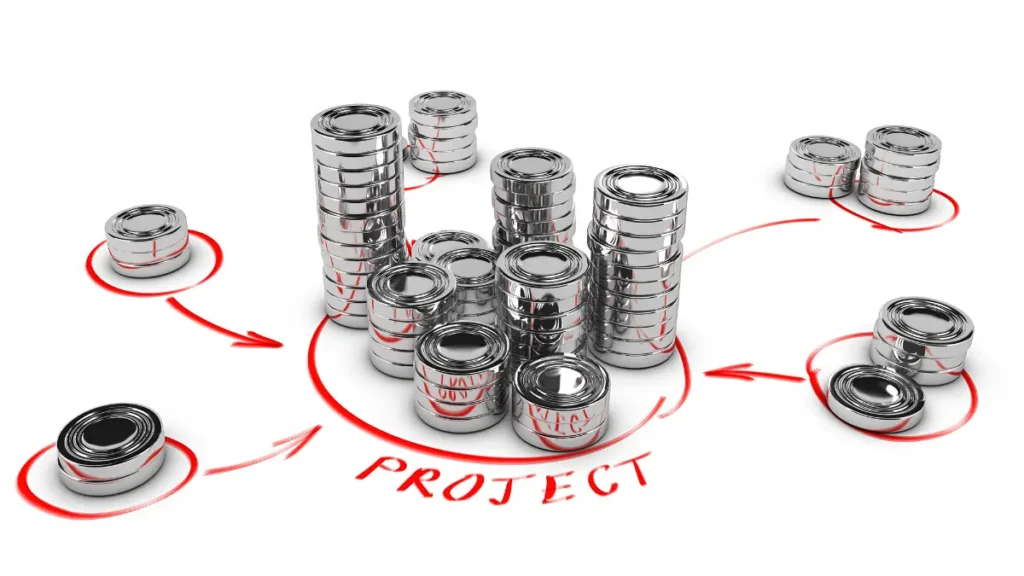Crowdfunding has revolutionized the way ideas get funded. It’s a powerful, democratic tool that allows you to bypass traditional gatekeepers and take your vision directly to the people. From funding a community health outreach in Kano to launching a tech start-up in Lagos or producing a documentary in Enugu, this method holds immense promise.
But here is the hard truth many learn too late: a crowdfunding campaign is not a case of “if you build it, they will come.” Most campaigns that fail do so not because the idea was bad, but because the strategy was non-existent. A Successful Crowdfunding Campaign for Your Nigerian Project is not magic; it is the result of meticulous planning, compelling storytelling, and relentless execution.
This guide will provide you with a strategic, phase-by-phase roadmap to navigate the journey from a brilliant idea to a fully funded project.
Phase 1: The Pre-Launch (The Most Important Phase)
This is where 80% of your success is determined. What you do before your campaign ever goes live is more important than anything you do during the campaign itself.
1. Define Your “Why”: Crafting a Compelling Story
People don’t give to projects; they give to people and stories. You must clearly and emotionally articulate your “why.”
- The Problem: What specific problem are you solving?
- The Solution: How will your project directly address this problem?
- The Impact: What will the world look like if you succeed? Who will benefit?
Your story should be simple, personal, and urgent.
2. Set a Realistic Funding Goal and Timeline
Don’t just pick a number out of the air. Create a detailed budget for your project. Your funding goal should be the minimum amount you need to achieve your core promise. An inflated goal can scare away potential backers. Most campaigns run for 30-45 days, which is long enough to build momentum but short enough to maintain urgency.
3. Create Your Campaign Assets: Video is King
A short, compelling video (1-3 minutes) is the single most effective tool in your arsenal. It’s your chance to share your passion directly. For excellent tips on creating an effective video, Kickstarter’s Creator Handbook is a fantastic resource. You will also need:
- High-quality photos of your team, prototype, or community.
- Well-written text explaining your project in detail.
4. Choose the Right Platform for Nigeria
This is a critical choice. While global platforms are famous, payout can be a major issue for Nigerian-based creators.
- Local Champions: Platforms like Giving.ng are specifically designed for Nigerian charities and social impact projects, ensuring seamless payouts.
- Fintech Powerhouses: Paystack and Flutterwave offer fantastic “Payment Page” or “Donation Link” features. These are not traditional crowdfunding platforms but are widely used in Nigeria to create simple, effective, single-page campaigns that pay directly into your Nigerian bank account.
- Global Platforms: If using sites like GoFundMe or Indiegogo, you must verify their current payout policy for Nigeria to avoid having your funds stuck.
5. Warm Up Your Network
Your first backers will not be strangers. They will be your family, friends, colleagues, and immediate community. Weeks before you launch, start talking about your project. Build an email list and a social media following. Get your “Day 1” supporters ready to pounce the moment you go live.
Phase 2: The Live Campaign (Managing the Momentum)
1. The Launch Day Blitz
Your launch day sets the tone. Push hard to get to 20-30% of your funding goal within the first 48 hours from your “warm” network. This early momentum creates social proof and makes strangers more likely to contribute.
2. Provide Regular, Honest Updates
Don’t go silent. Post updates at least 2-3 times a week. Share milestones (e.g., “We just hit 50%!”), behind-the-scenes content, and be transparent about any challenges. This builds trust and keeps your backers engaged.
From Crowds to Institutions: Diversifying Your Funding
A Successful Crowdfunding Campaign for Your Nigerian Project is an incredible way to validate your idea, build a community, and fund a specific outcome. However, it’s often not suitable for covering long-term operational costs. For that, you need institutional funding. At grantsdatabase.org, we specialize in connecting established NGOs with the grants needed for core funding and large-scale projects. Think of crowdfunding as your project launchpad, and our platform as your engine for long-term sustainability. Explore our resources to learn how to build a case for those larger grants.
Phase 3: The Post-Campaign (Delivering on Your Promise)
1. Say Thank You (Properly!)
Your campaign is not over when the timer hits zero. Immediately send a heartfelt thank you to every single backer. Acknowledging their contribution is crucial for building a long-term relationship.
2. Fulfill Your Promises and Report on Impact
Whether you promised a product, a report, or simply to carry out the work, deliver on it. Keep your backers updated on your progress long after the campaign has ended. Show them the impact their money created. This turns a one-time backer into a lifelong supporter.
Conclusion
Crowdfunding is far more than just asking for money online. It’s an exercise in storytelling, community building, and strategic communication. The hard work of preparation is what truly fuels a successful campaign. By building your strategy before you launch, engaging your community during the campaign, and delivering on your promises after, you can harness the power of the crowd to bring your Nigerian project to life.
